
Category: sustainability

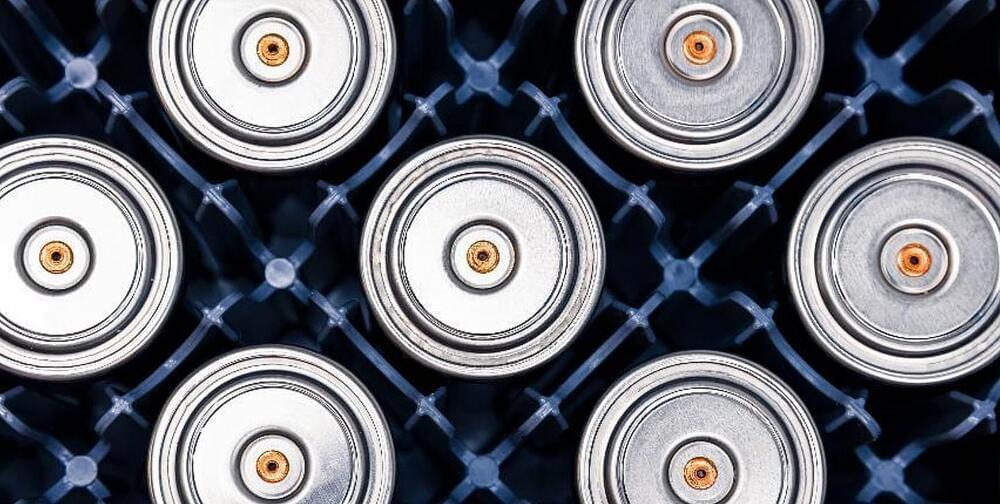
Tesla’s 4680 battery cell pilot production line hits 70–80% yield: report
Tesla has a number of programs that have the potential to change markets, and one of these is arguably the 4,680 cells. Created using a dry electrode process and optimized for price and efficiency, the 4,680 batteries could very well be the key to Tesla’s possible invasion of the mainstream auto and energy market. If Tesla pulls off its 4,680 production ramp, its place at the summit of the sustainable energy market would be all but ensured.
Unfortunately, Tesla’s publicly disclosed target for the 4,680 cells’ production ramp appears to have been made on “Elon Time.” This means that during Battery Day last year, Tesla’s target of hitting a capacity of 10 GWh by late September2021included some optimistic assumptions. Similar to other projects like Elon Musk’s Alien Dreadnaught factory, however, the pilot production of the 4,680 cells have met some challenges.
Tesla admitted to these difficulties during the Q22021earnings call, when Elon Musk explained that one of the main challenges in the 4,680 cell production ramp was related to the batteries’ calendaring, or the process when the dry cathode material is squashed to a particular height. Partly due to the use of nickel in the 4,680 cells, which are extremely hard, some of the calendar rolls end up being dented.
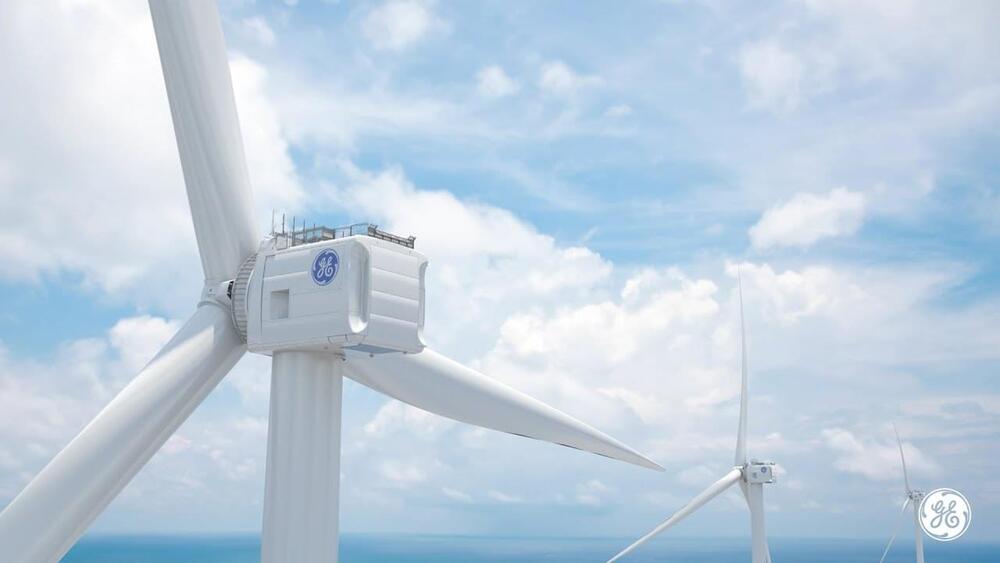
The World’s Biggest Wind Turbine Is Being Built in China
The turbine will be taller than the GE building in New York’s Rockefeller Center, and each of its blades longer than an American football field.
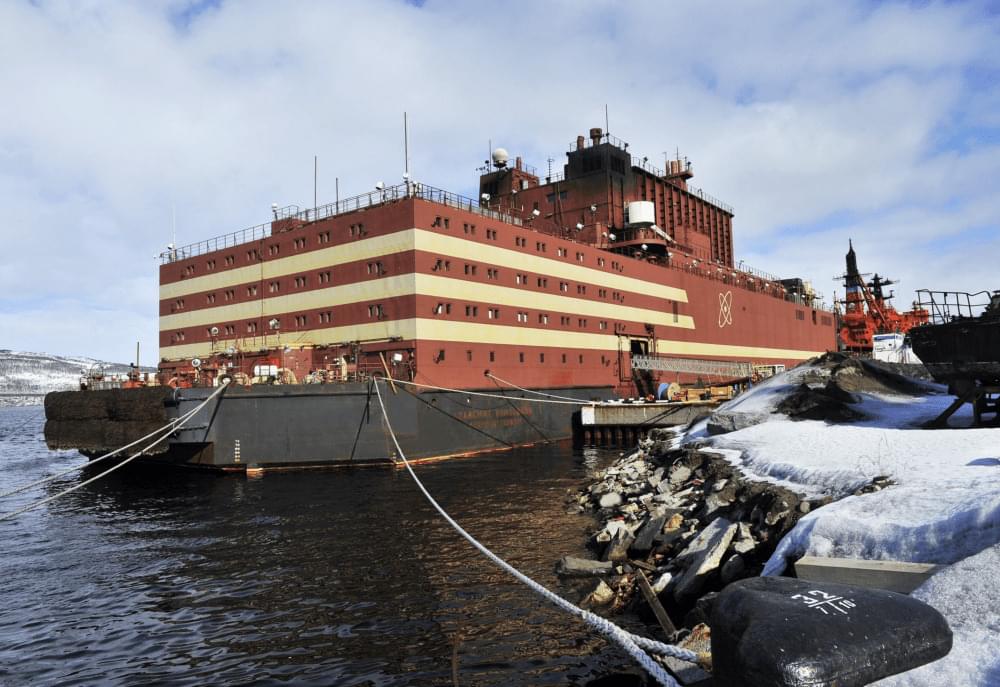
What is a floating nuclear power plant?
A floating nuclear power plant is a site with one or more nuclear reactors, located on a platform at sea.
It is an autonomous site that can provide electricity and heat to areas with difficult access, such as the cold Northern territories. It can also provide drinking water to dry areas, via desalination techniques.
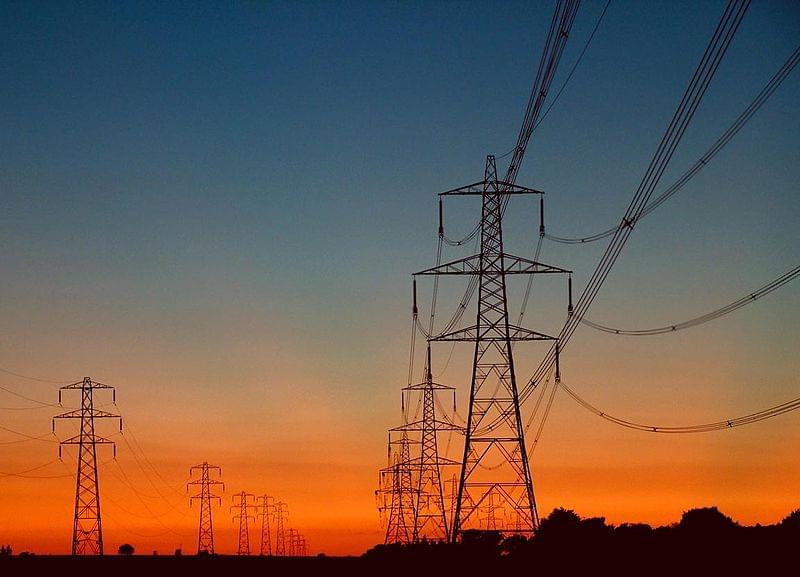
The potential of deep learning in managing power networks
Dr. Valentin Robu, Associate Professor and Academic PI of the project, says that this work was part of the NCEWS (Network Constraints Early Warning System project), a collaboration between Heriot-Watt and Scottish Power Energy Networks, part funded by InnovateUK, the United Kingdom’s applied research and innovation agency. The project’s results greatly exceeded our expectations, and it illustrates how advanced AI techniques (in this case deep learning neural networks) can address important practical challenges emerging in modern energy systems.
Power networks worldwide are faced with increasing challenges. The fast rollout of distributed renewable generation (such as rooftop solar panels or community wind turbines) can lead to considerable unpredictability. The previously used fit-and-forget mode of operating power networks is no longer adequate, and a more active management is required. Moreover, new types of demand (such as from the rollout EV charging) can also be source of unpredictability, especially if concentrated in particular areas of the distribution grid.
Network operators are required to keep power and voltage within safe operating limits at all connection points in the network, as out of bounds fluctuations can damage expensive equipment and connected devices. Hence, having good estimates of which area of the network could be at risk and require interventions (such as strengthening the network, or extra storage to smoothen fluctuations) is increasingly a key requirement.
Privacy-sensitive machine learning
Smart meter data analysis holds great promise for identifying at risk areas in distribution networks. Yet, using smart meter data can present significant practical constraints. In many countries and regions, the rollout of smart meters does not provide full coverage, as installation is voluntary and many customers may reject installing a smart meter at their home. Moreover, even places where there is a successful smart meter roll-out, privacy restrictions must be taken into account and, in practice, regulators considerably constrain what private data from smart meters network operators have access to.
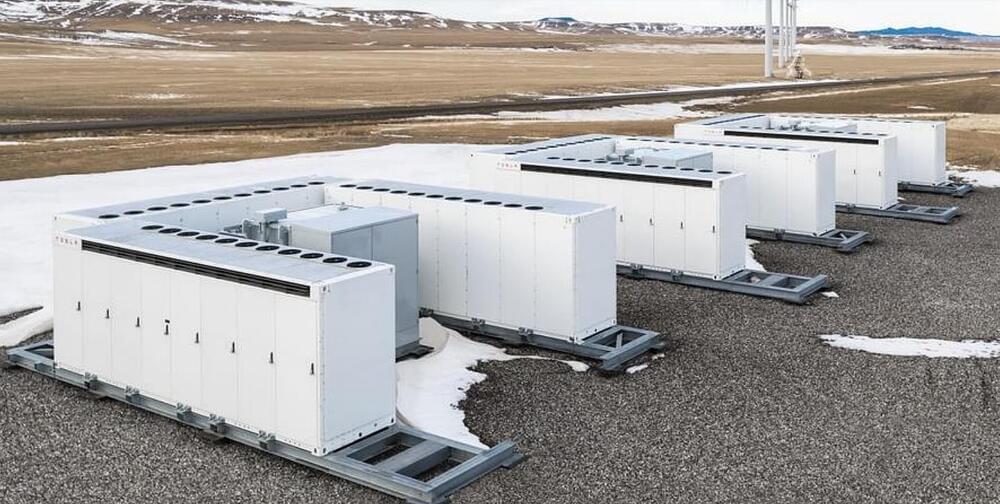
Tesla is making moves to become an electricity provider in Texas
The sleeping giant that is Tesla Energy is showing signs that it is waking up. This became quite evident in Texas as Tesla filed an application with the Texas Public Utility Commission to sell power in the state. Tesla’s application came as the company pursues a number of high-profile battery storage projects in the state, such as a 100 MW system in Angleton, TX, and a 250 MW battery near Giga Texas.
The flings, which were initially reported in Texas Monthly, were filed in mid-August by a new Tesla subsidiary called Tesla Energy Ventures. In classic Tesla fashion, the public details about the initiative are pretty scarce, though individuals familiar with the matter have noted that if the filings are approved this November, Tesla Energy Ventures may very well stand out among the state’s crowded, deregulated retail energy market.
Texas is home to numerous electricity companies, and Tesla, which has made a name for itself as a premium brand, would likely not fight it out with the state’s bargain power retailers. Tesla could have an edge against its competitors, however, as the company could sell power that is either drawn from the grid or pulled from residential Tesla batteries in the event of a blackout. Tesla may even allow Texans with solar panels to earn money by sharing their excess power with the grid.
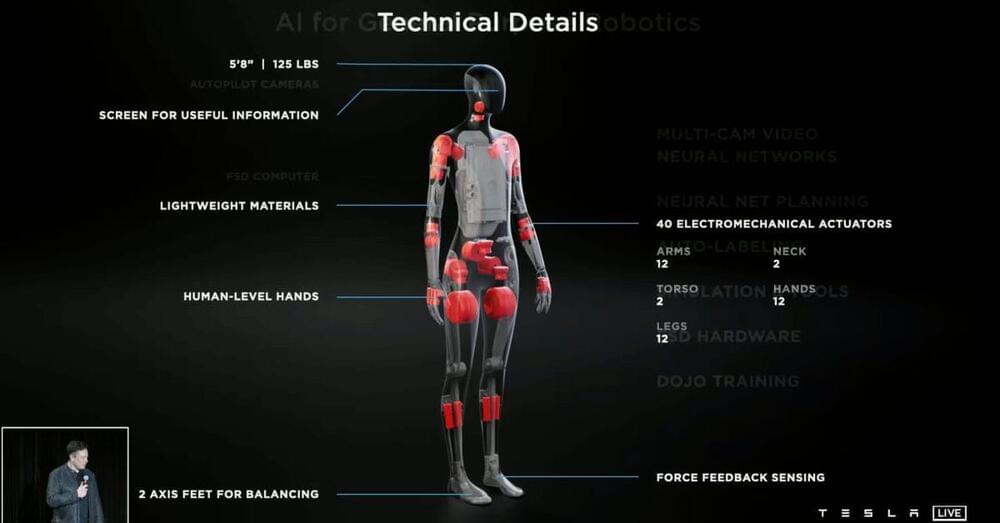
Tesla starts hiring roboticists for its ‘Tesla Bot’ humanoid robot project
Hurray.
Tesla has started to hire roboticists to build its recently announced “Tesla Bot,” a humanoid robot to become a new vehicle for its AI technology.
When Elon Musk explained the rationale behind Tesla Bot, he argued that Tesla was already making most of the components needed to create a humanoid robot equipped with artificial intelligence.
The automaker’s computer vision system developed for self-driving cars could be leveraged for use in the robot, which could also use things like Tesla’s battery system and suite of sensors.
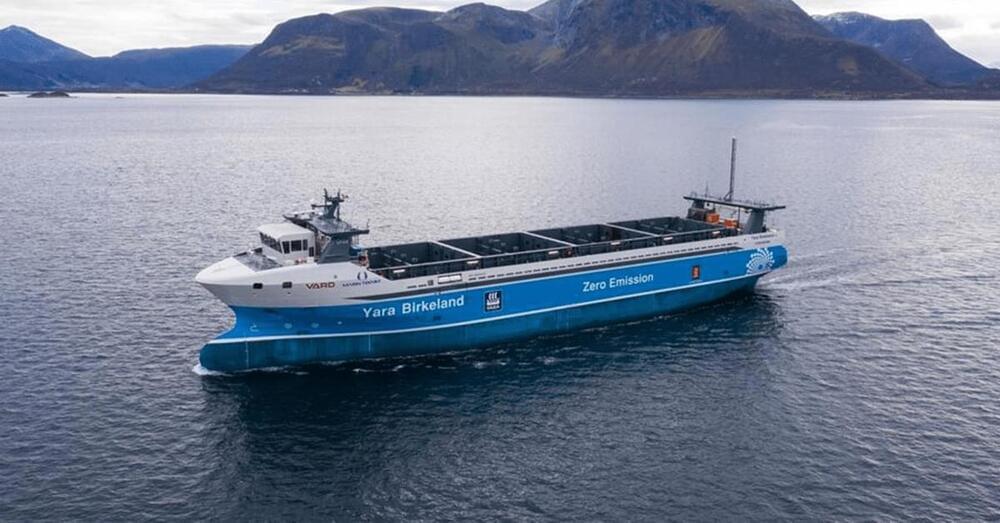
World’s first autonomous, 7MWh electric cargo ship to make voyage with zero crew onboard
A Norwegian company called Yara International claims to have created the world’s first zero-emission ship that can also transport cargo autonomously. The Yara Birkeland electric cargo ship was first conceptualized in2017but now looks to make its first voyage with no crew members onboard later this year in Norway.
Yara International is a Norwegian company that was founded in1905to combat the rising famine in Europe at the time. The company created the world’s first nitrogen fertilizer, which remains its largest business focus today.
In addition to its perpetual battle against hunger, Yara focuses on emissions abatement and sustainable agricultural practices. While the company wants to continue finding success in feeding the planet, it believes it can also do so sustainably.
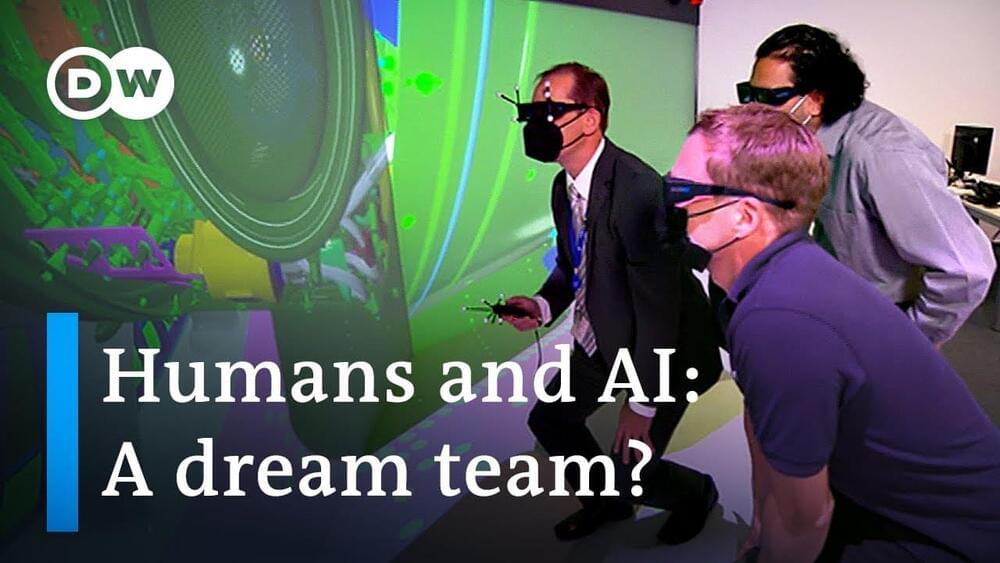
Europe trails behind US, China in AI research & development | DW Business
From voice-controlled personal assistants to smart robots on factory floors, Artificial Intelligence is having a profound effect on our lives. No surprise then that countries all over the world are trying to stay ahead of the curve. But when it comes to investment, who’s putting their money where their mouth is?
Looking at private funding, the United States leads the way — with well over 23 billion dollars going into the sector last year.
Coming in second is China, with almost 10 billion dollars. That said, Chinese state investment is particularly significant.
And the European Union falls far behind, with investment of just over 2 billion dollars.
So why is the EU lagging? And does Germany — its largest economy — have any plans to play catch-up? An example of AI in action can be found at a Rolls Royce control room just outside Berlin.
Robots destroy jobs and artificial intelligence will soon make us all superfluous. We’ve all seen headlines like that. But the reality of the situation looks a little different. Artificial intelligence is nothing more than a system that processes large amounts of data and makes predictions about the future based on that data. Engine manufacturer Rolls Royce has been a fan of AI for a long time.
Even in emergencies, it keeps its cool. In the control room at Rolls Royce just south of Berlin, safety engineers monitor more than 9,000 airplane engines worldwide. Long before the owners of the commercial jets would even notice a defect, the systems here sound the alarm. Artificial intelligence at work.
The systems are fed massive amounts of data. Then the owners of the aircraft are informed. The plane can then be taken in for maintenance long before the problem becomes expensive or life-threatening.
In the adjacent building, engines are assembled. Many parts are custom-made, previously developed by the design engineers, who also use artificial intelligence. For example, how would it affect the engine if certain components are changed? AI helps to find the best method.
The Center for Artificial Intelligence opened at the Dahlewitz site near Berlin in 2019. People here aren’t afraid that artificial intelligence will take their jobs.
In fact, the mechanics will probably have to install even more sensors and cables in the future. After all, in about five years’ time, the plan is for the aircraft to fly here with hybrid drive systems — based on sustainable fuel and electricity.
Subscribe: https://www.youtube.com/user/deutschewelleenglish?sub_confirmation=1
For more news go to: http://www.dw.com/en/
Follow DW on social media:
►Facebook: https://www.facebook.com/deutschewellenews/
►Twitter: https://twitter.com/dwnews.
►Instagram: https://www.instagram.com/dwnews.
Für Videos in deutscher Sprache besuchen Sie: https://www.youtube.com/dwdeutsch.
#ArtificialIntelligence #AI #RollsRoyce
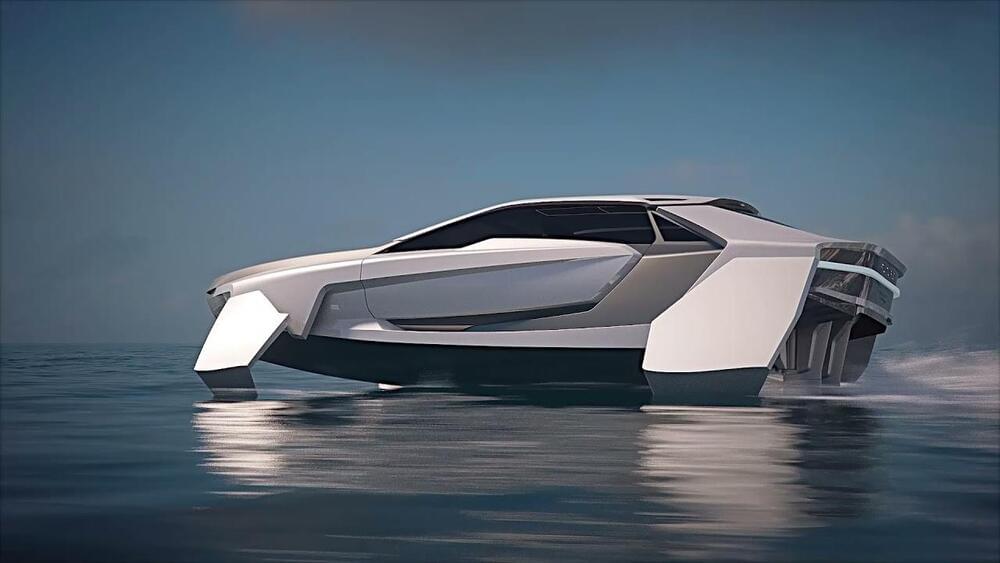
Futur-E Hydrofoil Electric Boat Flies on Water Like a Supercar, Oozes Sophistication
Electrification is slower in coming to naval design, but CentrostileDesign is already imagining the luxury boat of tomorrow. It is fully electric, incredibly fast, completely sustainable and very dramatic.